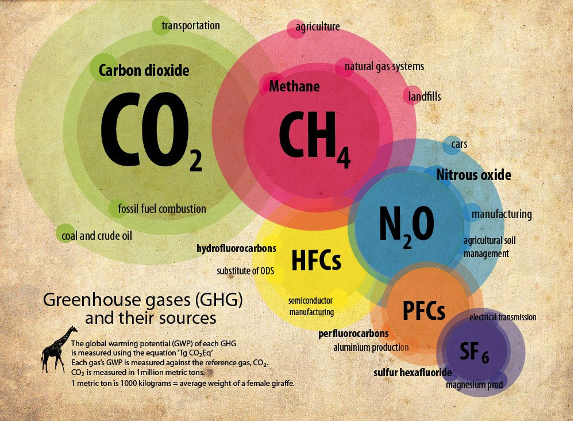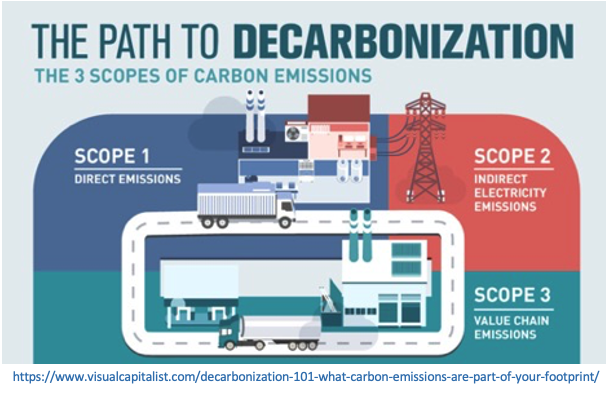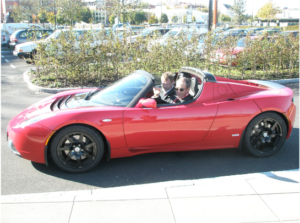The primary source of greenhouse gas emissions (GHG) is carbon dioxide CO2 (75%), followed by methane CH4 (17%). For CO2 emissions there are three major sources: (i) electric power generation (28%), (ii) transportation (29%) and (iii) other human activities (43%). CO2 is responsible for three-quarters of all GHG emissions.
 (www.climatecentral.org/gallery/graphics/emissions-sources-2020)
(www.climatecentral.org/gallery/graphics/emissions-sources-2020)
Many things are being discussed in general terms at COP26 in Glasgow this week including an acknowledgement that reductions in methane CH4 emissions will be necessary to fight global warming. In order to successfully fight global warming and climate change, we need to focus on all sources of GHG (there are four more; nitrous oxide, hydrofluorocarbons, perfluorocarbons and sulfur hexafluoride). Since CO2 is responsible for three-quarters of GHG emissions, we need to focus on this gas the most.
 (www.greenandgrowing.org/what-are-greenhouse-gases)
(www.greenandgrowing.org/what-are-greenhouse-gases)
In order to successfully address the global warming challenges, we need to parse the sources of emissions and offer alternative solutions. In lieu of burning coal, oil and gas – three fossil fuels used for electric power generation – let us see what can be done to minimize and eliminate their use. There are five legs to this decarbonization process – four on the utility side and one on the customer side. The utility side options are renewables, nuclear, carbon sequestration and storage (CSS), and cross-border power transfer. Even though the renewable source may be the most desirable, its inherent intermittency causes operational challenges. Nuclear – though more reliable – has significant safety concerns. CSS allows the carbon dioxide released from fossil fuel burning (mainly coal) to be sequestered through chemical or mechanical processes and then stored long term. The technology for long-term storage is not proven and is comparatively very expensive.
This leaves cross-border power transfer, which means sending power from areas of excess capacity (preferably renewable) to areas where demand is higher than supply. The flow can be one way or two-way depending on the electricity usage pattern in the sending and receiving regions. While this is a simple concept, it needs a strong commitment to ensure a reliable and smooth operation. Cross-border power transfer is going on between US and Canada and between several European countries for many years. In order to expand this globally, and give credibility of reliable power transfer, there must iron-clad guarantees that the selling country cannot unilaterally turn off their supply to the buying country.
On the customer-side, the heating/cooling, lighting and other end-use needs can be met with lesser use of electricity without sacrificing health, safety and comfort of the end-user. Lesser use of electricity means lesser amounts of fuel will be needed to produce that electricity. This is the cheapest way to reduce greenhouse gas emissions, but requires investment in technologies at the end-users’ premises.
Greenhouse gas emission is a complex process involving agriculture, deforestation, transportation, electricity generation, industrial production, building use, etc. This multi-dimenionality of the challenge needs to be recognized and addressed on a case-by-case basis. This article talks about one part of the challenge – decarbonization in the electric power sector – which governs our daily life. This may give the donor countries, who have pledged $100 billion or more at COP 26, some options to guide their investments in the global decarbonization process.




